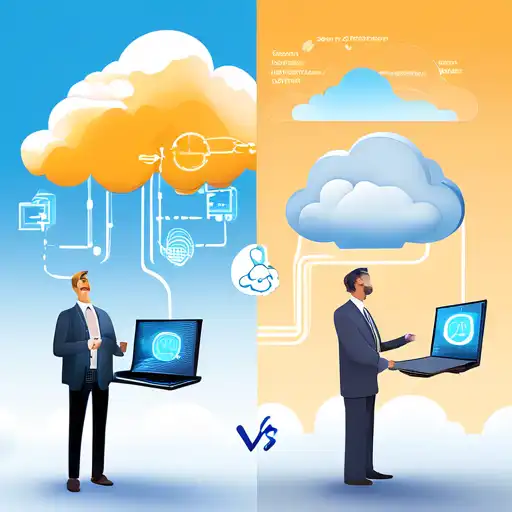Edge Computing vs Cloud Computing: Unveiling the Differences
In the rapidly evolving world of technology, understanding the key differences between edge computing and cloud computing is crucial for businesses and individuals alike. Both technologies play pivotal roles in data processing and management but cater to different needs and scenarios.
What is Edge Computing?
Edge computing refers to the processing of data near the source of data generation, rather than relying on a centralized data-processing warehouse. This approach minimizes latency, reduces bandwidth use, and enhances response times for critical applications.
What is Cloud Computing?
Cloud computing, on the other hand, involves the delivery of computing services—including servers, storage, databases, networking, software, analytics, and intelligence—over the Internet ('the cloud') to offer faster innovation, flexible resources, and economies of scale.
Key Differences Between Edge and Cloud Computing
- Latency: Edge computing significantly reduces latency by processing data closer to its source, unlike cloud computing, which may involve data traveling long distances to a centralized server.
- Bandwidth: By processing data locally, edge computing reduces the need for constant data transmission to the cloud, thereby saving bandwidth.
- Security: Edge computing can offer enhanced security for sensitive data by keeping it closer to the source and reducing exposure to potential breaches during transmission.
- Scalability: Cloud computing excels in scalability, allowing businesses to easily scale up or down based on demand, whereas edge computing requires physical infrastructure adjustments.
Choosing Between Edge and Cloud Computing
The choice between edge and cloud computing depends on specific needs. For applications requiring real-time processing and low latency, edge computing is ideal. Conversely, for scalable, flexible, and cost-effective solutions, cloud computing may be the better option.
Future Trends
As technology advances, the line between edge and cloud computing continues to blur, with hybrid models emerging to leverage the strengths of both. Understanding these technologies' differences and applications is essential for making informed decisions in the digital age.
For more insights into technology trends, explore our technology trends section.
